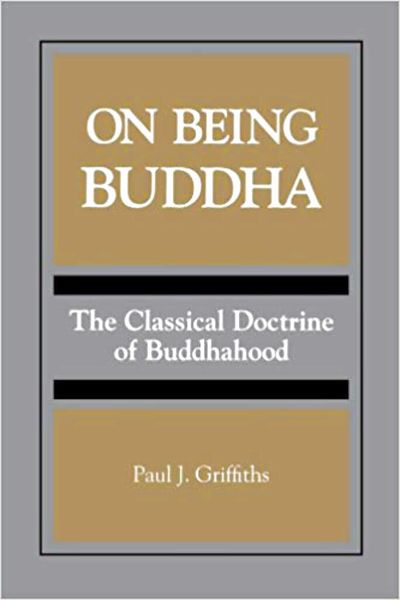On Being Buddha
What is it like to be a Buddha? Is there only one Buddha or are there many? What can Buddhas do and what do they know? Is there anything they cannot do and cannot know? These and associated questions were much discussed by Buddhist thinkers in India, and a complex and subtle set of doctrinal positions was developed to deal with them. This is the first book in a western language to treat these doctrines about Buddha from a philosophical and thoroughly critical viewpoint.
The book shows that Buddhist thinkers were driven, when theorizing about Buddha, by a basic intuition that Buddha must be maximally perfect, and that pursuing the implications of this intuition led them into some conceptual dilemmas that show considerable similarity to some of those treated by western theists. The Indian Buddhist tradition of thought about these matters is presented here as thoroughly systematic, analytical, and doctrinal.
The book's analysis is based almost entirely upon original sources in their original languages. All extracts discussed are translated into English and the book is accessible to nonspecialists, while still treating material that has not been much discussed by western scholars.
(Source: back cover)
| Citation | Griffiths, Paul J. On Being Buddha: The Classical Doctrine of Buddhahood. SUNY Series, Toward a Comparative Philosophy of Religions. Albany: State University of New York Press, 1994. |
|---|---|


